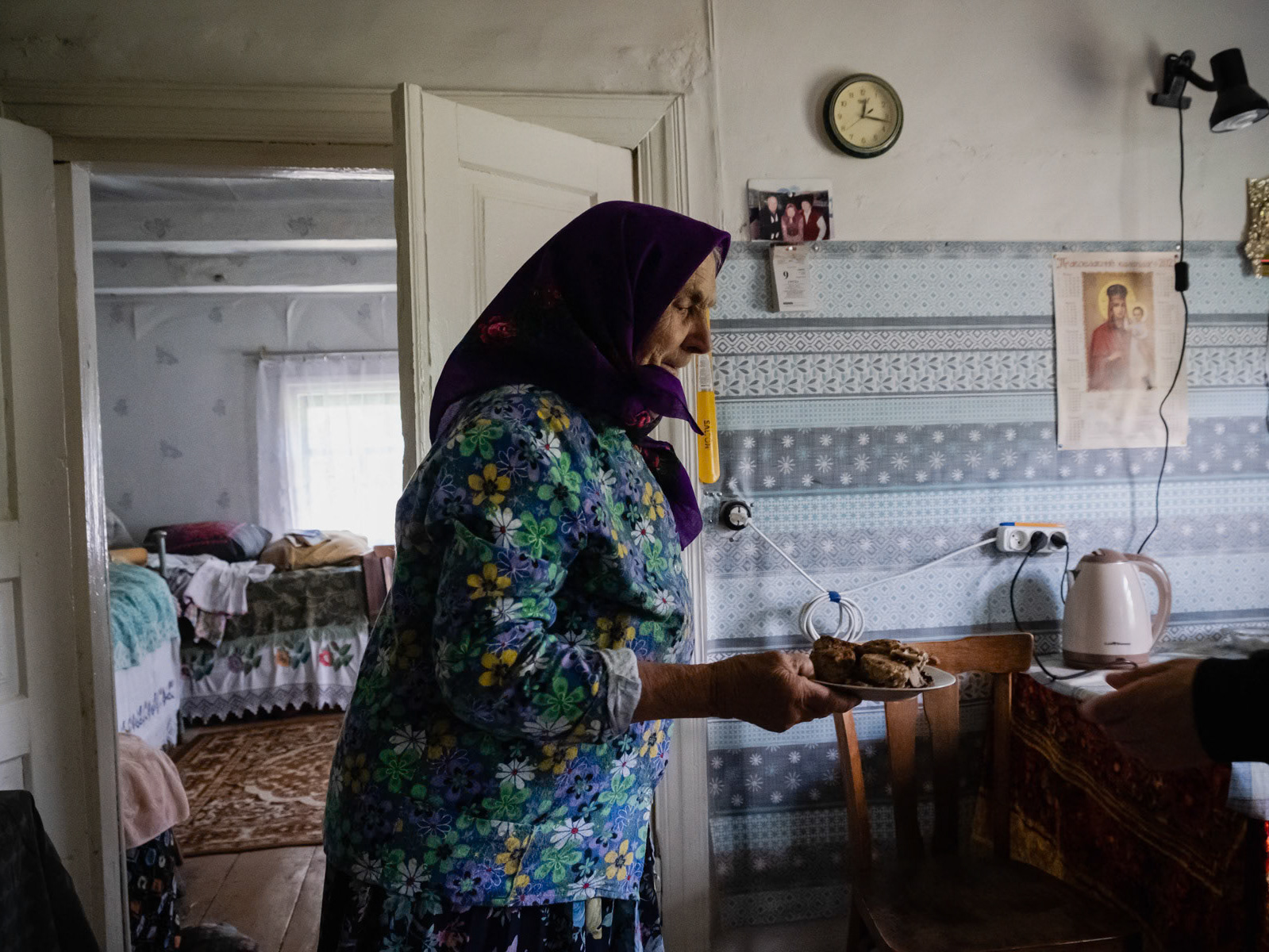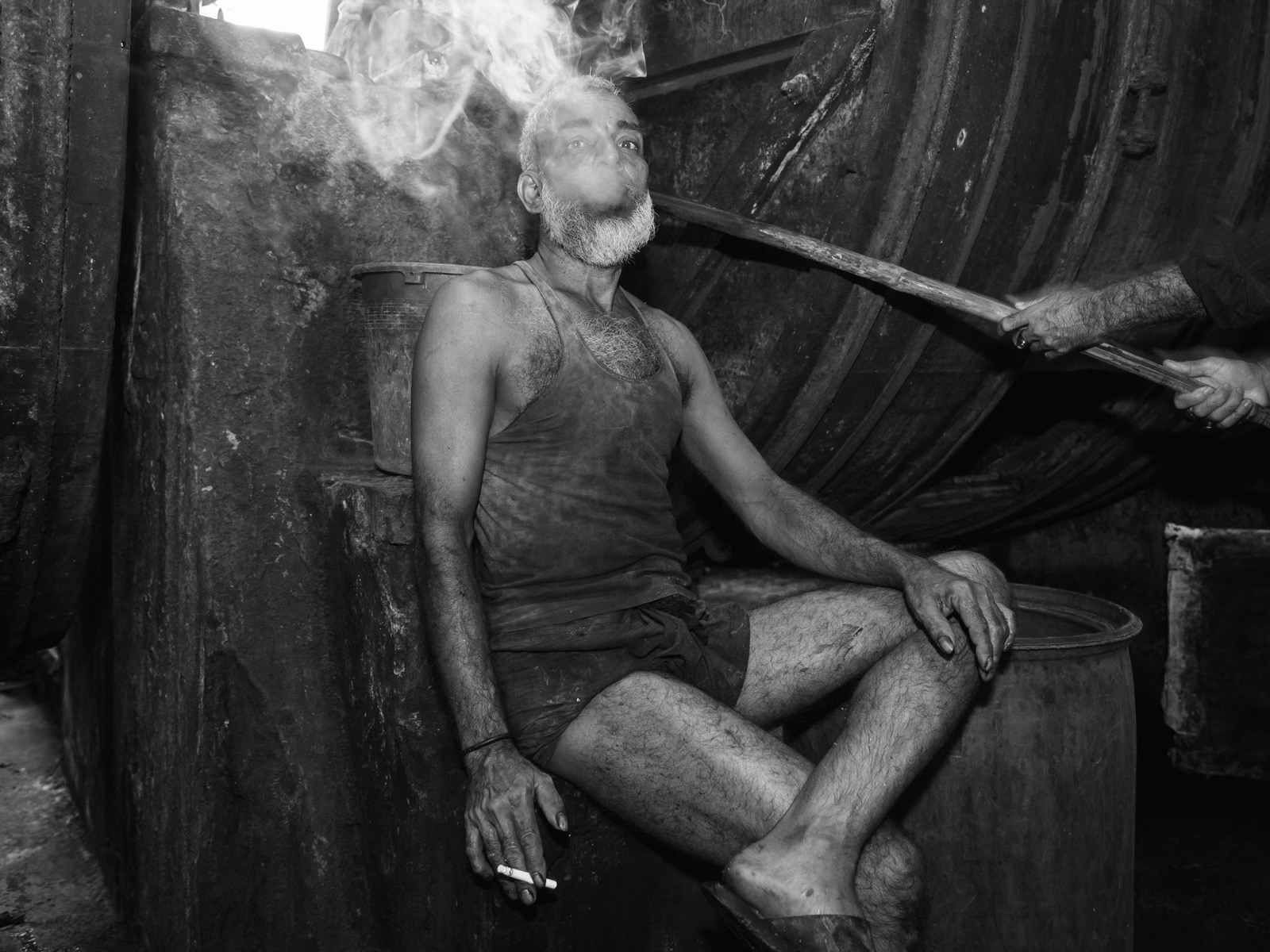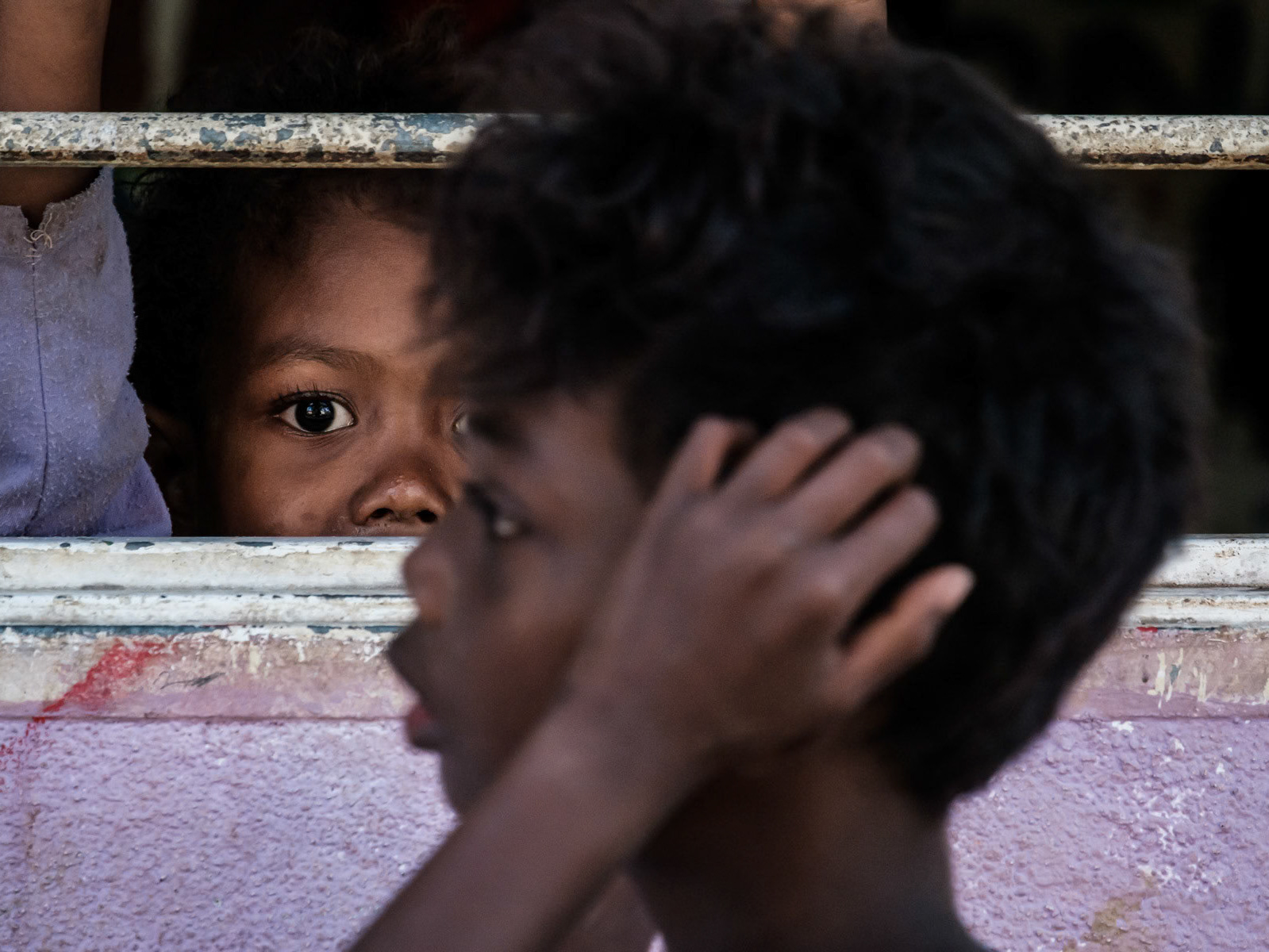A City Burdened by Lead Pollution
Kabwe, a mining city in central Zambia with a population of approximately 300,000, has a century-long history of lead and zinc mining and smelting. From 1925 to 1974, the mining industry was operated by Anglo American Mining, and following Zambia’s independence, it was managed by the Zambian state until the main mine closed in 1994. Today, Kabwe is one of the most soil-polluted places on earth, with toxic lead particles deeply embedded in the ground.
During its operational years, no pollution laws were in place to regulate emissions from the mines and smelters. Toxic fumes containing life-threatening levels of lead settled into the soil across the city, including densely populated areas. When the mine partially closed in 1994, no cleanup or soil decontamination efforts were undertaken, leaving behind a toxic legacy. Studies supported by the World Bank reveal that lead pollution in Kabwe remains dangerously high, with contamination levels in some areas, such as the Kasanda neighborhood near the former mining complex, exceeding internationally approved safety limits by at least tenfold.
This widespread contamination has dire health consequences. Most children in Kabwe have blood lead levels far above the safe threshold, leading to severe health issues such as brain damage, hearing loss, liver dysfunction, and in extreme cases, death. Children are particularly vulnerable, as they frequently play in the contaminated dust and often put their hands in their mouths, inadvertently ingesting lead particles. It is estimated that nearly 75% of Kabwe’s children require medical treatment to remove toxic metals from their bodies. Over 100,000 children and women of childbearing age may have been exposed to severe lead poisoning.
The socio-economic situation exacerbates the problem. High unemployment rates push many residents to engage in scavenging or small-scale artisanal mining for lead and zinc, further spreading contamination and degrading the soil. In the Kasanda Mine neighborhood, one of the most heavily polluted areas, children continue to play in soil containing lead levels that are life-threatening, perpetuating the cycle of exposure and harm.
Urgent remediation efforts are needed to address this environmental and public health crisis, yet the response has been inadequate. Without immediate intervention, the toxic legacy of mining in Kabwe will continue to devastate the lives of its most vulnerable residents.

Makululu open pit mine where galena, the mineral form of lead, and dolomite a source of magnesium oxide are being mined by the local community. All labour, including stone crushing is done by hand. Rocks are being burned to make them softer before being extracted. Kabwe, Zambia, May 2021

Artisanal/Small scale miners working in lead and zinc open pit mines on the premises of the large "Broken Hill" lead mine that was closed in 1994. Broken Hill mines, Kabwe, Zambia, May 2021

Kabwe, a mining city in central Zambia of 300,000 habitants, has a century old history of lead and zinc mining and smelting. From 1925 to 1974 exploited by Anglo American Mining Industry and after the country's independence by the Zambian State until the main mine's closure in 1994. Kabwe is nowadays one of the most soil polluted places on earth with residual toxic particles in the ground. While in operation there no pollution laws regulating emission from the mine and smelting plants. The fumes containing life-treathening levels lead particles fell and sunk slowly into the soil in and around the city where large communities are living. Furthermore at the time of partial closure in 1994 there was no clean up and soil decontamination process. Analysis carried out with support of the World Bank has shown that lead pollution in Kabwe is still extremely high and not enough has been done in remediating the situation in the most affected communities. The amount of lead particles in the soil is estimated to be at least 10 times above internationally approved safety limits and even higher in hotspots like the Kasanda neighbourhood where miners live beside the mining complex.The vast majority of children have levels of lead in their blood well above the safety limits, and causes brain, liver and hearing damage among other, in extreme cases death is the likely outcome. Children in young age are particular vulnerable as they have the tendency to swallow the most when playing outside and frequently put their hands to their mouth. Nearly 75% of children in Kabwe would need medical treatment to remove metals and minerals from their body. Over 100,000 children and women in child-bearing age could have been exposed to severe lead poisening. High unemployment in the Kabwe, pushes people to resort to scavenging or small scale artisanal mining for lead or zinc and as such continues the expansion of polluted areas and soil degradation. Children playing in Kasanda Mine neighbourhood, one of the most contaminated areas in Kabwe. The soil in and around the city of Kabwe contains life-threatening levels of soil particles containing lead. The amount is estimated to be 10 times above WHO safety limits and even much higher in hotspots. Children are particulary vulnerable as they have the tendency to swallow the most when playing outside in a dusty environment. Kabwe, Zambia, May 2021

Residents of Makululu working in a small scale open pit mine opened as a community empowerment project. All hard labour is done manually and wages are extremely low. Kabwe, Zambia, May 2021

Mukululu small scale open pit mine started by the local authorities as a community empowerment project. Mainly lead sulfide and magnesium oxide are being found and bought up by middle men that will make the main profit, the women, men and children from the local community doing the daily hard labour make hardly enough money for their basic food needs. Mukululu community, Kabwe, Zambia, May 2021

Gatson Luando, 68 years, worked in the Copperbelt mines from 1973 before moving to Kabwe in 1980. Worked in the mine until 1992 before being made redundant and got a one off payment of approximately 300 USD. He worked as a welder after the mine. Lives now in Kasanda neigbourhood, the original miner's neighbourhood, but also one of the most contaminated area with lead particles in the soil. Kabwe, Zambia, May 2021

High unemployment in the Kabwe, pushes people to resort to scavenging or small scale artisanal mining for lead or zinc and as such continues the expansion of polluted areas and soil degradation. Artisanal/small scale mining for zinc and lead. 'Broken Hill Mine', Kabwe, Zambia, May 2021

Makululu open pit mine where galena, the mineral form of lead, and dolomite a source of magnesium oxide are being mined by the local community. All labour, including stone crushing is done by hand. Rocks are being burned to make them softer before being extracted. Kabwe, Zambia, May 2021

Senior miners in front of a small house that was built by UN Habitat for vulnerable communities. Retired miners do not have pensions and depend on family members or social services to survive. Makululu Township, Kabwe, Zambia, May 2021

Miner going to work in a small scale mining operation that have flourished since the closure of the main mine operations in 1994. Kabwe, Zambia, May 2021

Artisanal/small scale mining for zinc and lead. 'Broken Hill Mine', Kabwe, Zambia, May 2021
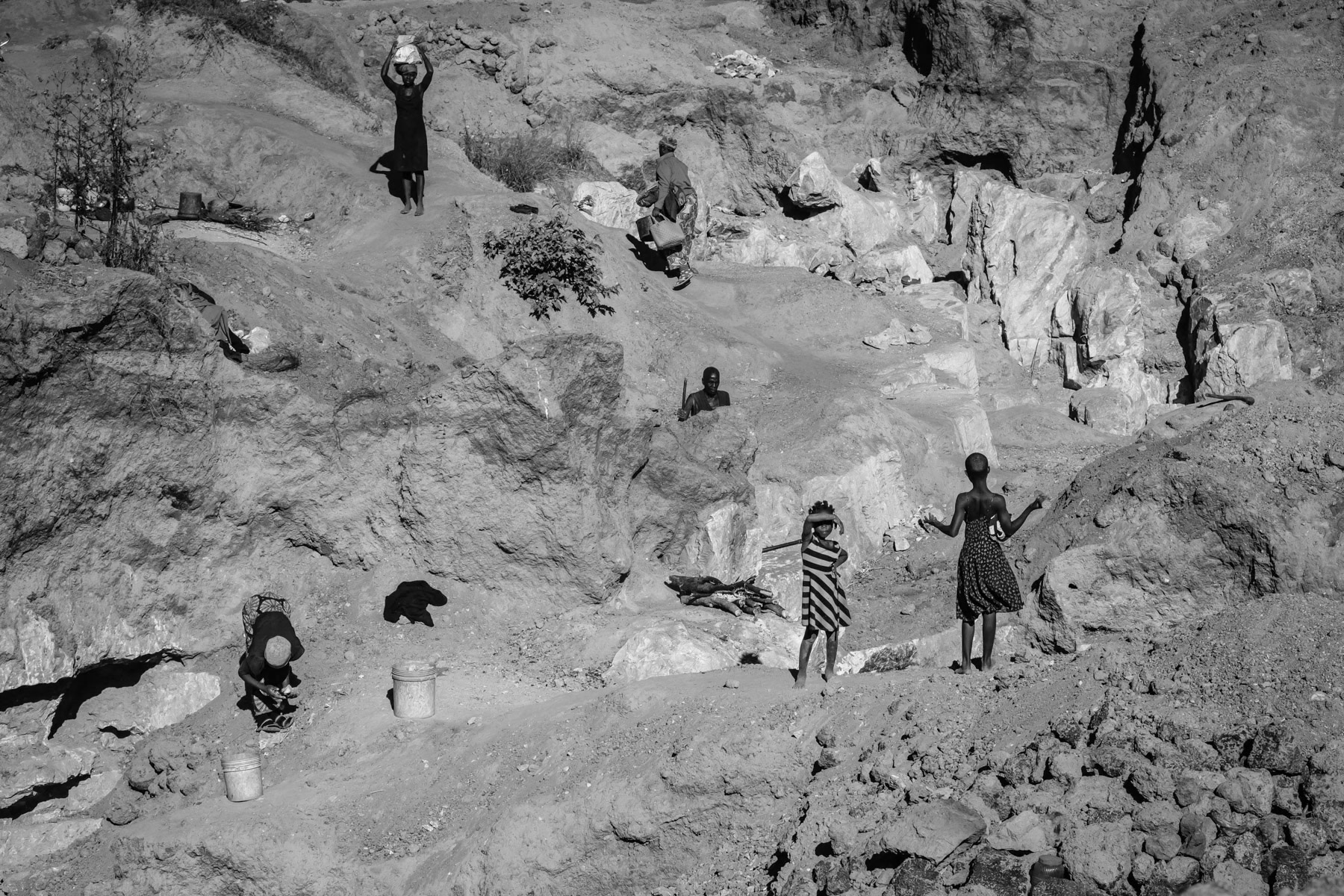
Residents of Makululu working in a small scale open pit mine opened as a community empowerment project. All hard labour is done manually and wages are extremely low. Kabwe, Zambia, May 2021

Retired miner, Kabwe, Zambia, May 2021

Magnese smelting plant owned by a Chinese consortium. Broken Hill mine area, Kabwe, Zambia, May 2021

Residents of Makululu working in a small scale open pit mine opened as a community empowerment project. All hard labour is done manually and wages are extremely low. Kabwe, Zambia, May 2021

Makululu open pit mine where galena, the mineral form of lead, and dolomite a source of magnesium oxide are being mined by the local community. All labour, including stone crushing is done by hand. Rocks are being burned to make them softer before being extracted. Kabwe, Zambia, May 2021

Kaps Severino, 79 years, started to work at the smelting plant of the Broken Hill mine in 1962. Stopped working at the mine in 1982. Makululu Township, Kabwe, Zambia, May 2021

Makululu open pit mine where galena, the mineral form of lead, and dolomite a source of magnesium oxide are being mined by the local community. All labour, including stone crushing is done by hand. Rocks are being burned to make them softer before being extracted. Kabwe, Zambia, May 2021

A child working at the Mukululu small scale open pit mine started by the local authorities as a community empowerment project. Mainly lead sulfide and magnesium oxide are being found and bought up by middle men that will make the main profit, the women, men and children from the local community doing the daily hard labour make hardly enough money for their basic food needs. Mukululu community, Kabwe, Zambia, May 2021
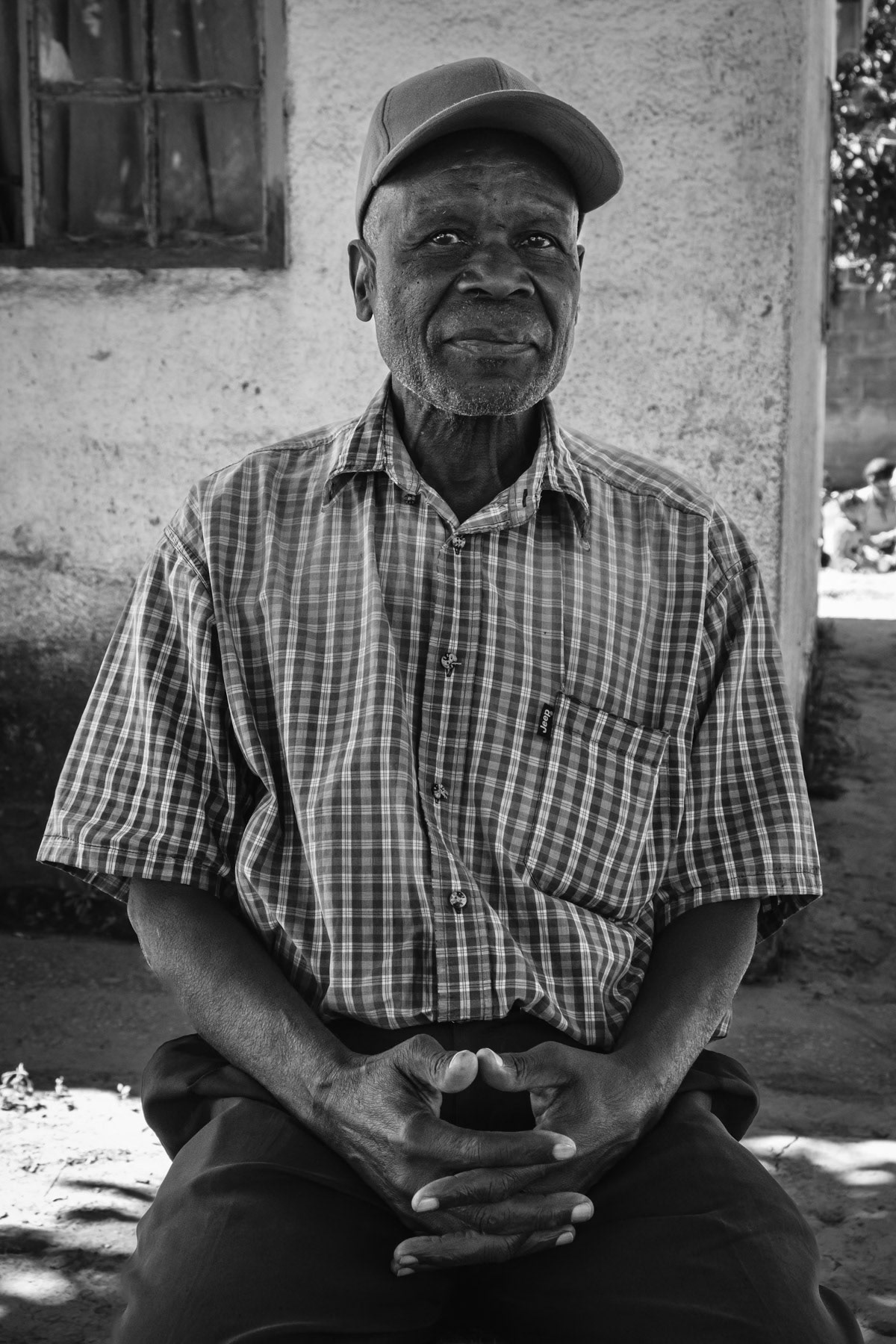
Enock Kawanga started to work in the mining industry in 1972, first in the Copperbelt and since 1983 in Kabwe. He worked until closure of the mine at metal production. Officially the mine was closed in 1994 for lack of lead and zinc, however the mine was reopened partly as a private venture in 2000 headed by the same person that was general manager when the mine was closed in 1994 for not being profitable. This situation has left a very bitter taste for all miners that were laid off in 1994 without prostect of receiving a pension or needed assistance. Kasanda district of Kabwe, Zambia, May 2021

Flooded pithole of the de-commissioned Broken Hill mine. When the lead mine was closed in 1994, many underground tunnels and open pitholes were flooded to restrain access. Nevertheless many small scale mining operations still continue in the suroundings of the mine. Broken Hill mine was one of the largest lead and zinc mine in Africa. Kabwe, Zambia, May 2021
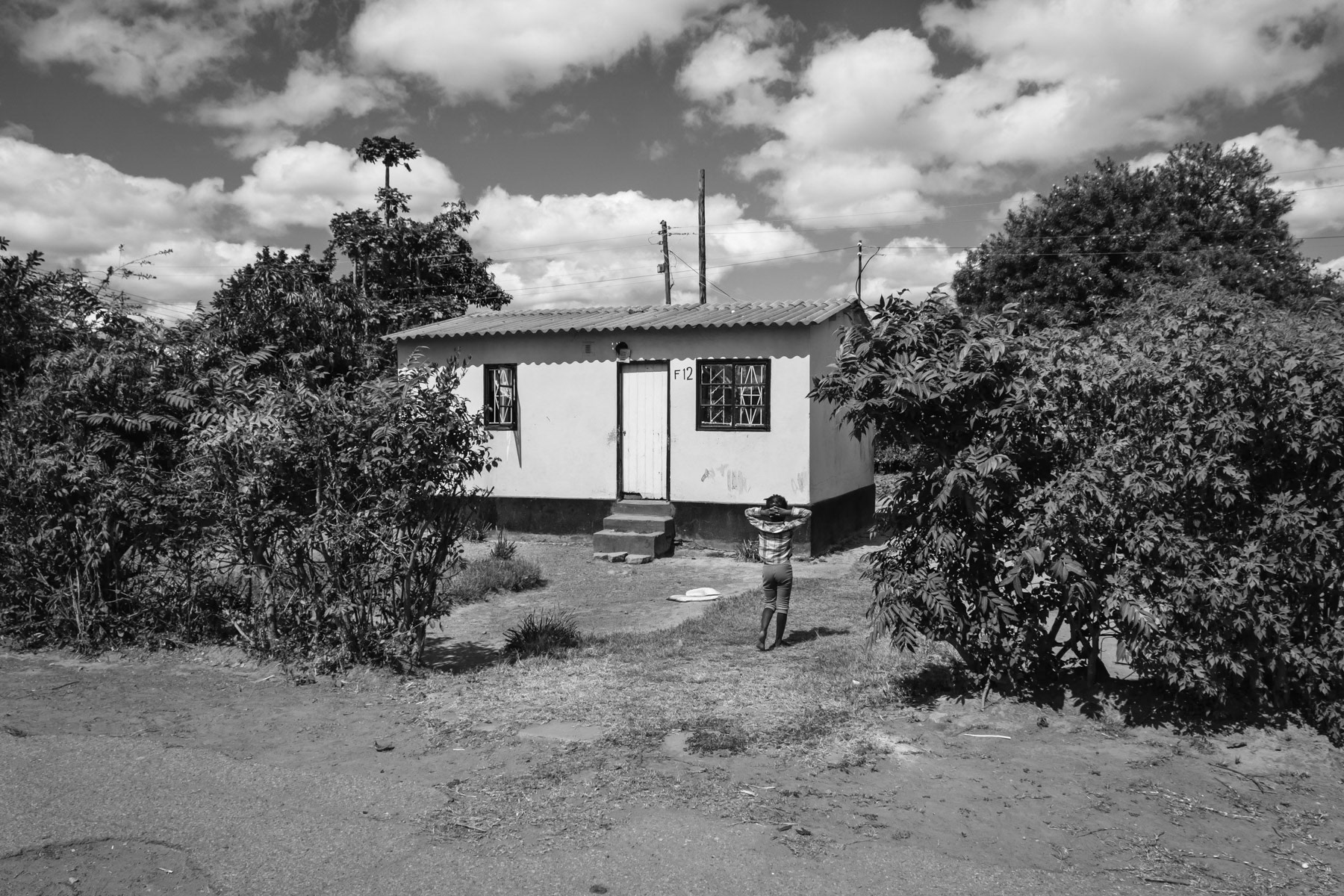
Miner's house in the Kasanda neighbourhood beside the Broken Hill mine. Kasanda is one of the most lead particle contaminated area where people live in the world. Children are specially affected by lead poisening leading to brain, liver and respiratory damage and in the worst cases to premature death. Kasanda district in Kabwe, Zambia, May 2021

Miner in the Broken Hill mine area. Despite being closed in 1994, the lead and zinc mine area is still being mined through regulated and unregulated small scale mining operations. Kabwe, Zambia, May 2021

Benson Chimbala Mabiliki, 75 years old, started to work in the Broken Hill mine in 1970. In 1992 he was crushed by a rock while working underground and got severely injured at his spine. Ever since he has been unable to work at the mine or do any hard labour. He has never been compensated for his working accident nor received long term medical help. When the mine was closed in 1994 he was made redundant and could never retrieve his medical file complicating his medical care needs. He still lives with his family in a small house built for the miners working at he Broken Hill mine. Kasanda neighbourhood, Kabwe, Zambia, May 2021

A woman working at the Mukululu small scale open pit mine, started by the local authorities as a community empowerment project. Mainly lead sulfide and magnesium oxide are being found and bought up by middle men that will make the main profit, the women, men and children from the local community doing the daily hard labour make hardly enough money for their basic food needs. Mukululu community, Kabwe, Zambia, May 2021

Boys playing near an open pit mine where lead is being mined. The soil in and around the city of Kabwe contains life-threatening levels of soil particles containing lead. The amount is estimated to be 10 times above WHO safety limits and even much higher in hotspots. Children are particulary vulnerable as they have the tendency to swallow the most when playing outside in a dusty environment. Kabwe, Zambia, May 2021

Residents of Makululu working in a small scale open pit mine opened as a community empowerment project. All hard labour is done manually and wages are extremely low. Kabwe, Zambia, May 2021

Senior miners in front of a small house that was built by UN Habitat for vulnerable communities. Retired miners do not have pensions and depend on family members or social services to survive. Makululu Township, Kabwe, Zambia, May 2021

Children playing in Kasanda Mine neighbourhood, one of the most contaminated areas in Kabwe. The soil in and around the city of Kabwe contains life-threatening levels of soil particles containing lead. The amount is estimated to be 10 times above WHO safety limits and even much higher in hotspots. Children are particulary vulnerable as they have the tendency to swallow the most when playing outside in a dusty environment. Kabwe, Zambia, May 2021

